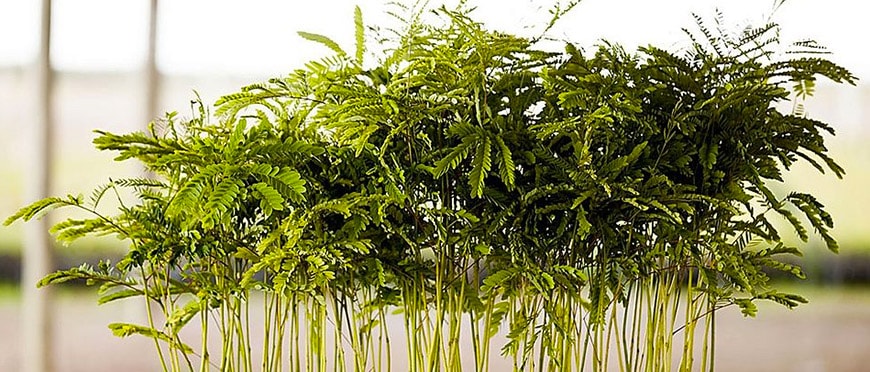Plants and flowers help sick people feel better—and recover faster. They’re not just a visual treat for the eyes; they can also foster a healing environment. But not all plants promote healing equally. So hospitals and healthcare facilities today are working hard to incorporate just the right garden and water features based on scientific research and data to improve clinical outcomes and build positive patient perceptions.
According to the Environmental Protection Agency (EPA), Americans spend on average 90% or more of their time indoors.1 With indoor air pollutants estimated at being two to five times higher than those found outdoors,1 nature can offer healthful options to improving air quality and shortened patient stays at hospitals and healthcare facilities.3
In a survey of 100 directors and architects of assisted-living residences, 82 percent agreed, “the design of outdoor space should be one of the most important considerations in the design.”2 Decades of research by environmental psychologist, Professor Roger Ulrich, Ph.D., at Texas A & M University, and his colleagues in the USA and Sweden have revealed the growing impact of nature in recovery rates at hospitals. Whether it’s images of lush landscapes in patient rooms, the direct placement of live plants and flowers, or a view of well-manicured grounds and serene waters, data shows how simply looking at these natural elements for three to five minutes at a time can ease patient anger, anxiety and pain. In turn, they experience relaxation and a boosted immune system, resulting in a pleasant demeanor toward nursing staff and family members.2
Rooms filled with plants are shown to have 50% – 60% fewer molds and bacteria in the air than in rooms lacking plants.2 In fact, because they absorb toxins and harmful chemicals, plants are a pure and natural way to cleanse the air. They increase levels of humidity in patient rooms to help fight “sick building syndrome” (SBS), and decrease cough-inducing dry air.3 Thus, bringing nature indoors, is a smart way to keep patients safe from air-borne diseases and focused on being healthy and happy.
Levels of dust and particles can be reduced as much as 20% with foliage plants.3As studied by Virginia Lohr at Washington State University, it is evident that beautiful shrubbery creates a warmer atmosphere for patients confined to hospital beds during sickness or after surgery.2 Some experienced fewer post-operative effects like nausea and headaches, while others required fewer and weaker painkillers and were released from the hospital earlier than expected3. Foliage encourages a cleaner, safer environment giving patients the feeling of being cared for, and enhancing their impressions of their healthcare facility.
Finally, for hospitals and healthcare facilities looking to make positive changes in patient opinions, a ratio of at least 7:3 is suggested for more greenery versus hard surfaces.2 While nature may not cure diseases or heal injuries, it goes a long way in reducing stress and boosting immune systems—and patient perceptions.
Sources:
1Green’s Eco Build & Design, (2015), Where Do Babies Come From. Retrieved from http://www.greens.build/news/2015/9/8/mb09wpoce97tigdery8yf4u140ruv7
2Franklin, D., (2012), How Hospital Gardens Help Patients Heal. Retrieved from http://www.scientificamerican.com/article/nature-that-nurtures/
3Doyle, S., (2013), Health Benefits of Plants in Hospitals. Retrieved from http://www.ambius.com/blog/health-benefits-of-plants-in-hospitals/
